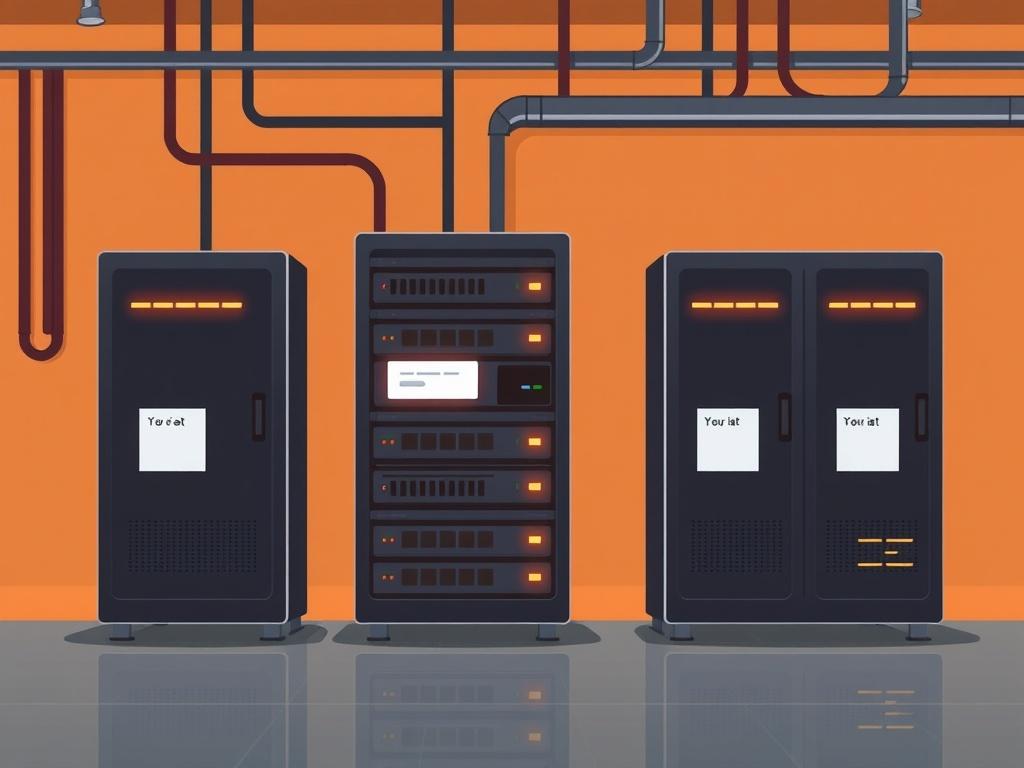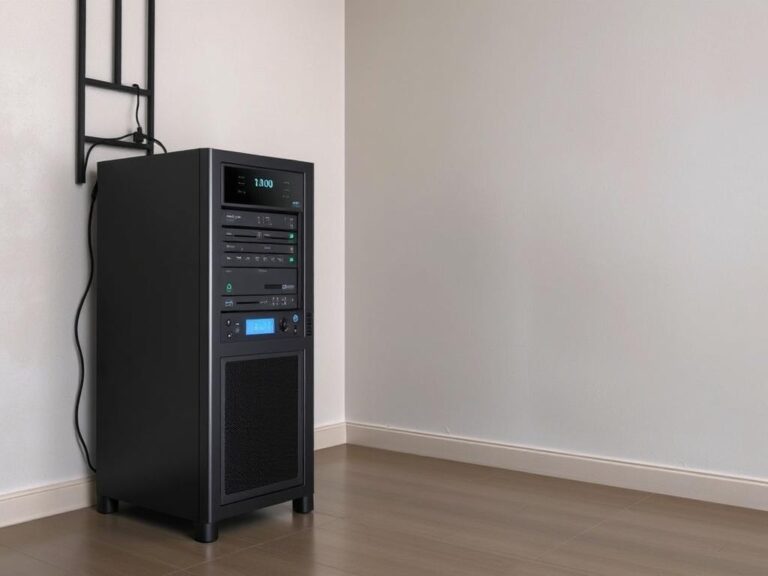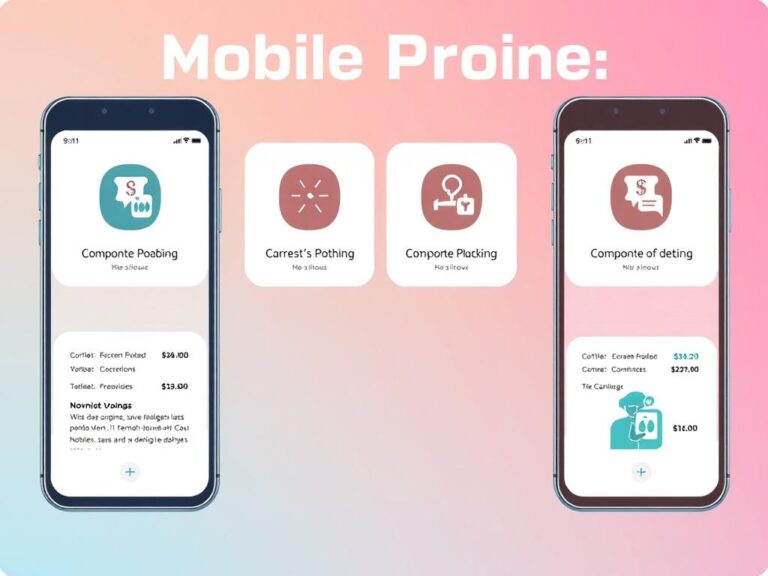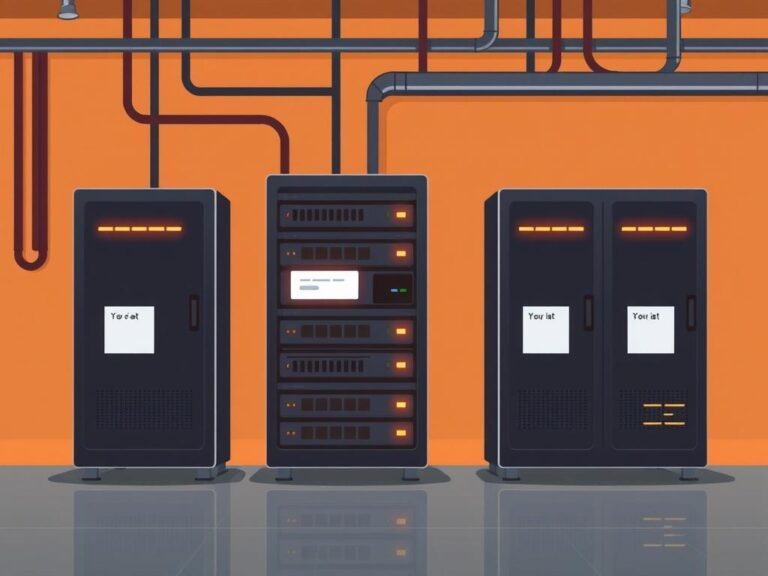
Renting a server sounds simple: pick a plan, pay, and your application runs. In reality, the world behind that short path contains choices that shape cost, speed, security, and how much time you’ll spend babysitting infrastructure. This guide walks you through the decisions that matter. No fluff, just the essentials you need to make a confident choice, set the server up correctly, and keep it running with minimal surprises.
Why rent a server at all?
Not every project needs a rented affordable servers. Shared hosting or platform-as-a-service can be enough for a hobby blog or a simple landing page. Still, renting a server becomes the smarter move when you need predictable performance, full control over the environment, or specialized hardware. Developers, small companies, game hosts, and software teams often rent servers to get consistent CPU and networking, custom software stacks, or compliance-friendly setups.
Types of rented servers — what you can actually choose
Server offerings come in several flavors. Each one trades off cost, control, and convenience. Understanding those tradeoffs saves money and prevents late-night panics.
Dedicated servers
A dedicated server gives you a whole physical machine. You get predictable hardware performance and the freedom to install anything. This is a go-to for high-traffic websites, intensive databases, or workloads that benefit from full CPU and memory without noisy neighbors.
Virtual Private Servers (VPS)
VPS partitions a physical host into virtual machines. You get guaranteed CPU/memory slices and root access. It’s cheaper than a dedicated server and offers enough control for most web apps, staging environments, and development servers.
Cloud instances
Cloud providers sell virtual machines with flexible billing and an ecosystem of managed services. You can scale up or down quickly and pair compute with managed databases, object storage, or load balancers. The convenience is high; the cost model can be tricky.
Bare-metal cloud
For those who want physical hardware without long contracts, some providers offer bare-metal servers with cloud-like APIs. You get the isolation of dedicated machines with faster provisioning than traditional dedicated hosts.
Colocation
Colocation means you own the hardware but rent rack space, power, and networking in a data center. It’s the choice for companies that need full hardware control plus carrier diversity and physical security, but don’t want the overhead of building a private data center.
Quick comparison
| Type | Control | Cost | Scalability | Typical use |
|---|---|---|---|---|
| Dedicated | Full | High | Slow (manual) | High traffic sites, databases |
| VPS | High | Medium | Moderate | Web apps, dev/stage servers |
| Cloud instance | High | Variable | Fast (auto-scale) | Microservices, scalable apps |
| Bare-metal cloud | Full | High | Moderate | Performance-sensitive workloads |
| Colocation | Full | Variable (capex + opex) | Slow | Custom hardware, telco-grade needs |
Deciding factors: pick what actually matters
When you evaluate providers and plans, focus on a short list of practical items. Ignore marketing buzz and measure what you can verify.
- Performance needs: estimate CPU, RAM, disk I/O, and network bandwidth from real traffic or benchmarks.
- Uptime and SLA: guaranteed uptime matters if users rely on your service. Check the SLA, penalties, and maintenance windows.
- Network quality: latency and peering relationships affect user experience, especially for real-time apps and games.
- Security features: DDoS protection, private networking, firewalls, and access controls are essential.
- Management level: do you want a managed server with backups and OS patching, or total control?
- Compliance: if you process regulated data, confirm certifications and geo-location of data centers.
Pricing models and hidden costs
Price per month is the headline number but not the whole story. Providers vary in billing units, network metering, and included services. Watch for these common traps.
- Bandwidth caps and overage charges — outbound traffic can be expensive.
- Licensing fees for OS or software — Windows and proprietary databases add cost.
- Backup and snapshot pricing — backups might be extra per GB.
- Support tiers — basic support is often free while faster response requires a paid plan.
- Long-term commitments — discounts for annual plans can be attractive but lock you in.

Performance and SLAs: what to test before you commit
Ask for trial periods or temporary instances to run realistic tests. Small benchmarks lie; run workloads that mirror your typical operations. Measure latency, IOPS for disk, and sustained CPU under load. If the provider offers an SLA, ensure it covers the parts you depend on: network, power, and hardware. Check the exact compensation mechanism and the steps to claim it.
Simple benchmark checklist
- HTTP request latency and concurrent connection handling.
- Disk I/O with tools like fio or simple read/write tests.
- CPU sustained performance with stress-ng or a real workload.
- Network speed tests from multiple locations to the server.
Security and compliance: practical steps
Security isn’t a one-off. Start with a secure baseline and keep it that way through automation. Locking down the server, enforcing least privilege, and automating patches remove many risks.
- Use SSH keys and disable password authentication.
- Configure a host firewall and limit management access to trusted IPs.
- Enable full-disk encryption where appropriate for data at rest.
- Implement logging and ship logs to a remote, immutable store.
- Run regular vulnerability scans and have an incident response plan.
Setup and migration: getting it right once
Planning the setup prevents rework. Decide the operating system, partitioning, and backup schedule up front. Use infrastructure-as-code so future servers match the original configuration. If you’re migrating, do a staged approach: clone the environment, test under load, then cut over during low traffic.
Migration steps
- Inventory applications and dependencies.
- Create a reproducible environment (containers, scripts, or images).
- Synchronize data and test integrity.
- Run smoke tests and performance tests in a staging instance.
- Cut over DNS with low TTL and monitor closely.
Scaling and monitoring: keeping things smooth as traffic grows
Scaling strategy should fit the architecture. Vertical scaling (bigger server) works for monoliths, while horizontal scaling (more instances) fits distributed systems. Combine autoscaling for spikes with reserve capacity for reliability. Monitoring is non-negotiable: collect metrics, set alerts, and instrument key transactions.
- Monitor CPU, memory, disk I/O, and network throughput.
- Track application-level metrics: error rates, latency, queue sizes.
- Set alert thresholds that reflect business impact, not just technical numbers.
- Automate remediation where practical — restart services, scale out, or failover.
Operational tips that save time
Small habits prevent big incidents. Automate routine tasks, and script recovery steps before you need them.
- Automate OS updates and test them in staging first.
- Keep boot and recovery images up to date.
- Store immutable backups offsite and test restores quarterly.
- Document runbooks for common failures and role responsibilities.
- Use rate limits and web application firewalls to reduce attack surface.
Provider checklist — what to confirm before signing
Before you commit to a provider, confirm these points. Skip anything that’s irrelevant to your use case, but don’t skip the essentials.
- Exact CPU, memory, and storage specifications with baseline performance metrics.
- Network bandwidth limits, peering quality, and port availability.
- Included backups, snapshots, and their retention policies.
- SLA details and historical uptime if available.
- Support hours, response time guarantees, and escalation paths.
- Data center locations and compliance certifications if regulatory needs exist.
- Hardware replacement time and how maintenance is communicated.
How to save money without compromising reliability
Cost optimization is not just about picking the cheapest plan. It’s about matching capacity to demand and avoiding surprises. Right-size the server. Use burstable instances or autoscaling for variable workloads. Reserve capacity when you have steady demand. Cut unused volumes and snapshots. Finally, monitor egress traffic — a common source of unexpected bills.
Common pitfalls and how to avoid them
Plenty of projects stumble for predictable reasons. Here are a few fast ways to avoid becoming one of those case studies.
- Don’t assume cloud vendor tools perfectly match on-prem expectations; test them.
- Avoid single points of failure — network and power can fail even in top-tier data centers.
- Plan security for the full stack, not just the OS layer.
- Don’t skip testing backups: a backup you can’t restore is just another file.
- Document access keys and rotate them on a schedule.
When to hire help
If infrastructure isn’t your core competence and uptime matters, outsourcing parts of operations pays off. Managed hosting providers handle updates, backups, and incident response. For short-lived projects or rapid scaling, a cloud provider’s managed services can shorten delivery time and reduce maintenance burden. Hire a consultant for migrations, architecture reviews, or security audits if you lack in-house expertise.
Practical example: choosing a server for a mid-size web app
Imagine an app with steady traffic, occasional spikes, and a priority on user latency. A sensible approach: start with a cloud instance in the region closest to users, configure autoscaling for web servers, and place the database on a dedicated or managed instance with provisioned IOPS. Add a CDN for static assets and a cache tier to reduce database hits. Monitor response times and scale horizontally as load increases. This mix balances cost, performance, and operational overhead.
Conclusion
Renting a server is a strategic choice, not a checkbox. Pick a server type that matches your architecture, run real tests before committing, automate security and backups, and monitor what matters. With a clear checklist, a staging environment for changes, and simple automation, you’ll keep costs reasonable and downtime rare. Make decisions based on measured needs rather than vendor hype, and you’ll turn a rented server into a reliable foundation instead of a recurring problem.





Recent Comments